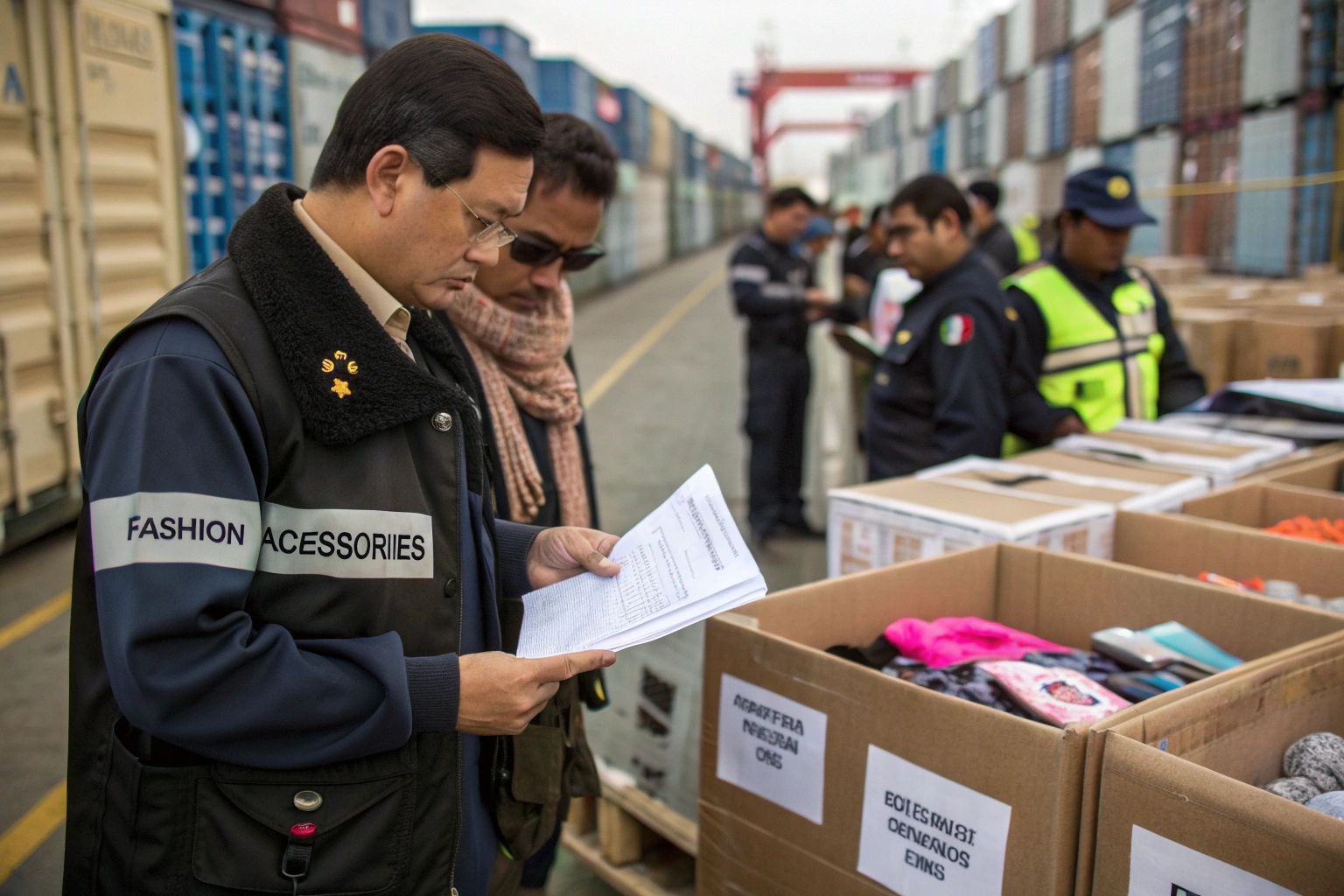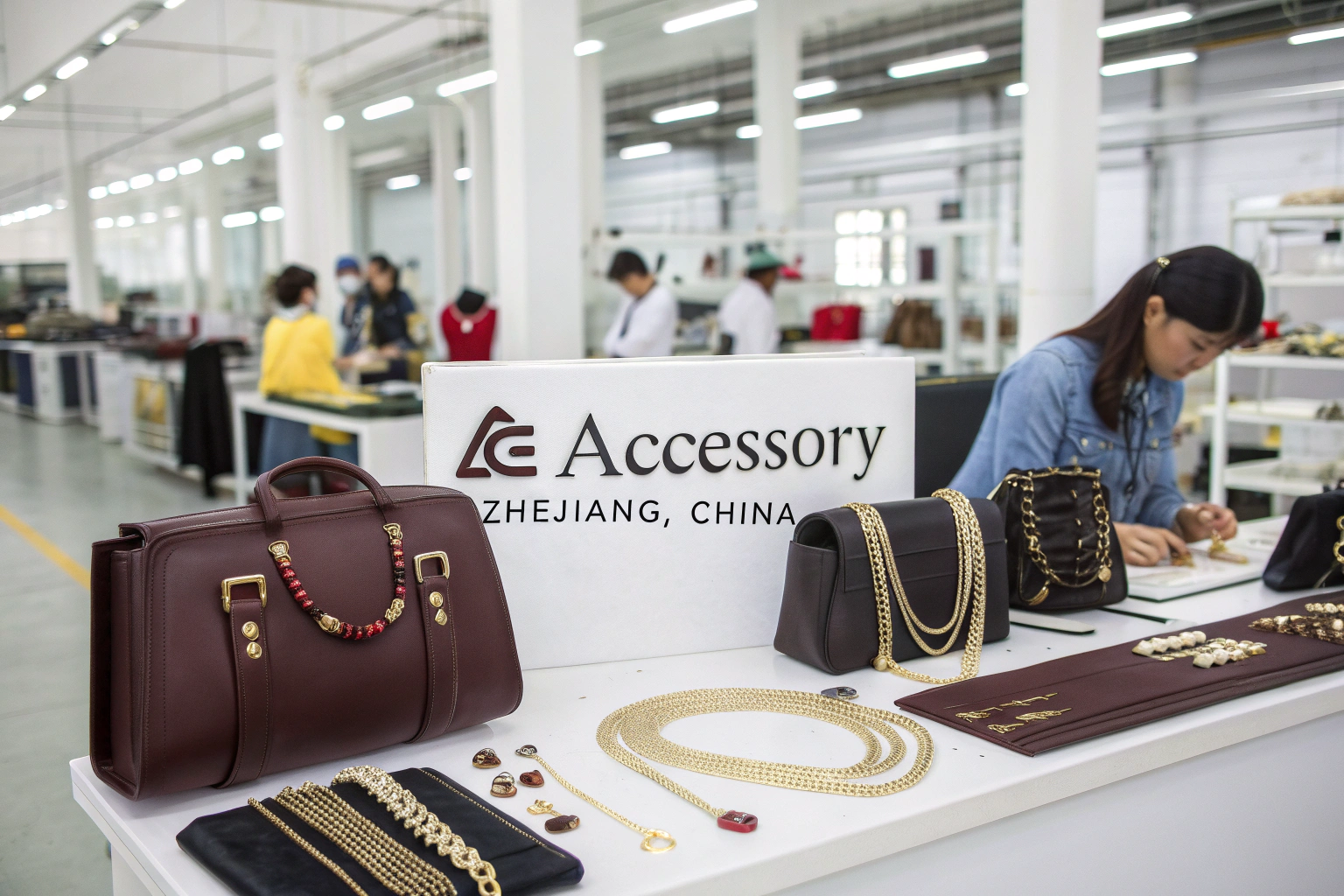Classifying fashion accessories under the wrong HS code doesn’t just cause headaches—it can cost your business time, money, and even legal penalties.
Common mistakes in HS Code classification for fashion accessories include using outdated codes, ignoring material composition, and relying on supplier assumptions without documentation. These errors lead to delays, overpaying duties, or customs disputes.
At AceAccessory, we’ve spent years working with U.S. and European importers of hair accessories, belts, scarves, and more. We've seen firsthand how small HS code errors create big problems for fast-moving accessory shipments.
What are the common pitfalls in HS Tariff Classification?
It may look like a minor admin task, but a wrong HS code can cause weeks of delays at the port and result in thousands of dollars in unexpected charges.
Common pitfalls include misidentifying materials, ignoring product function, copying HS codes from Alibaba without validation, and not aligning the product description with customs documentation.

Real Pitfalls I’ve Seen in the Accessory Industry
| Mistake Type | Example | Impact |
|---|---|---|
| Material Misclassification | Nylon hair band marked as “rubber accessory” | 5% higher duty |
| Function Confusion | Decorative belt filed as clothing accessory | Misleading declaration |
| Code Copying | Supplier reused HS code from unrelated product | Detention at destination port |
| Outdated Code | Using old 6-digit format no longer recognized | System rejection at customs |
| “Similar Product” Guessing | Scarf classified under general textile code | Denied preferential treatment |
What surprises many of our clients is that even a small change—like a plastic flower attached to a headband—can change the classification. Customs wants to know main function and dominant material. Guessing is risky.
To avoid these traps, we always:
- Match the item’s use case, material, and packaging style
- Refer to the most recent Harmonized System (HS) updates from both origin and destination
- Use binding rulings from prior U.S. and EU cases when available
What are the challenges of HS codes?
With so many fashion accessories sharing similar materials and functions, classifying them accurately under the Harmonized System isn’t always straightforward.
The main challenges of HS code classification include overlapping categories, complex subheadings, country-specific variations, and lack of product-specific precedent.

Key Classification Challenges for Fashion Accessories
1. Dual-use products
For example, a scarf that’s decorative and used for warmth can fall under textile accessories or apparel. Which code applies depends on intent and marketing, not just the material.
2. Multi-material construction
If a belt includes leather, polyester, and a metal buckle, which part determines the code? Customs often requires the predominant material by weight or value, depending on jurisdiction.
3. Frequent HS revisions
In the past few years, we’ve seen revisions to categories involving headwear, belts, and synthetic fibers. Many importers continue using outdated HS numbers and get flagged.
4. Country-specific codes
While HS codes use the first 6 digits globally, the last 4 digits (for a 10-digit code) vary by country. A U.S. code may not apply in the EU.
Table: One Hair Accessory, Many Possibilities
| Product | Material | Possible Codes (U.S.) | Notes |
|---|---|---|---|
| Headband with metal core | Metal/Plastic | 9615.11.3000 | HS 96 covers hair accessories |
| Knitted hair wrap | Fabric | 6117.80.8500 | Treated as clothing accessory |
| Kids’ themed clip | Plastic | 3926.90.9985 | Under “Other plastic articles” |
The key is to balance legal accuracy with business strategy—a better code might reduce your duty or streamline inspection, but it must be justifiable.
What if the HS code is wrong?
A wrong HS code may seem like a clerical error, but it can lead to shipment seizures, penalties, and long-term customs scrutiny.
If the HS code is wrong, customs may reclassify the shipment, delay clearance, demand extra duties, or impose fines. For repeated errors, importers may face audits or be flagged for high-risk processing.

What Happens When the Code is Incorrect?
| Scenario | Outcome |
|---|---|
| Detected during inspection | Shipment delay of 3–14 days |
| Misaligned with invoice | Request for clarification or reclassification |
| Significant duty underpayment | Backdated tariffs and possible fines |
| Repeat violations | Revocation of import privileges or audit triggers |
How We Fix Errors at AceAccessory
When we see a shipment held due to HS code misclassification, we act fast:
- Contact the freight forwarder and get the entry summary from customs
- Recheck the product documentation, photos, and declared specs
- Issue a corrected commercial invoice and updated packing list if needed
- Provide material breakdown certificates or photos if requested
Our proactive approach means customs sees us as cooperative, and our clients avoid reputational damage.
In some cases, we’ve even applied for binding rulings in advance to ensure smoother clearance for repeat orders.
What is the HS code for used clothing and accessories?
Used fashion accessories fall under specific HS codes distinct from new items, especially due to hygiene and valuation concerns.
Used clothing and accessories are typically classified under HS Code 6309.00, which covers worn clothing and other used articles. However, the exact code can vary based on product type and local regulations.

Common Codes for Used Goods
| Product Type | General HS Code | U.S. Specific Final Code |
|---|---|---|
| Used garments | 6309.00 | 6309.00.0010 |
| Used fashion accessories | 6309.00 | 6309.00.0020 |
| Mixed used textiles | 6309.00 | 6309.00.0090 |
These codes are often subject to:
- Inspection for condition or sanitation
- Restricted entry based on destination country
- Additional documentation, such as “certificate of fumigation” or “certificate of disinfection”
Many of our European clients import vintage scarves or branded second-hand belts. For these, we help them pre-classify using images, condition grades, and material content.
We also ensure that recycled packaging and correct labeling are applied, as many EU ports are strict about second-hand textile declarations.
Conclusion
Correct HS code classification isn’t just a customs formality—it’s a business-critical process that affects your cost, risk, and delivery speed. At AceAccessory, we help our clients navigate HS code challenges with precision, ensuring that every shipment clears smoothly, legally, and without surprise charges.










